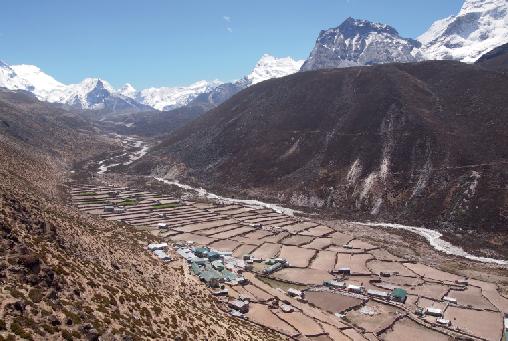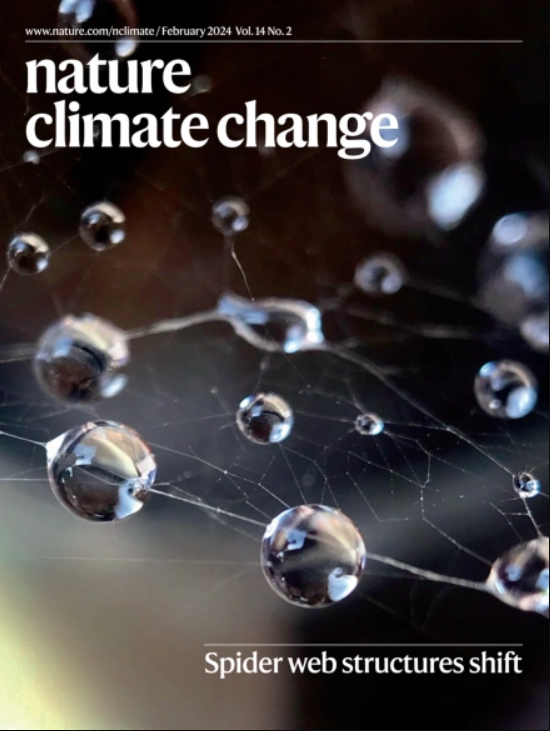迷失在路上
IF 27.1
1区 地球科学
Q1 ENVIRONMENTAL SCIENCES
引用次数: 0
摘要
在他们的研究中,来自美国匹兹堡卡耐基梅隆大学的大卫·朗斯和来自美国、挪威和瑞士的同事们量化了冰川融水实际流入海洋的数量以及在此过程中损失的数量。为此,他们结合了2100年前不同气候情景下的冰川和水文模型。他们发现,全球约有5%的冰川融水因蒸发蒸腾或人类开采而流失。这些水大部分在亚洲高山的内陆盆地中流失,而其余的则从供养大量人口的河流中流失。尽管其中一些水可能会在稍后通过循环进入海洋,但这项研究表明,并非所有预计的冰川损失都能立即导致海平面上升。原文献:地球物理学。Res. Lett. 52, e2025GL114866 (2025)本文章由计算机程序翻译,如有差异,请以英文原文为准。

Lost along the way
求助全文
通过发布文献求助,成功后即可免费获取论文全文。
去求助
来源期刊

Nature Climate Change
ENVIRONMENTAL SCIENCES-METEOROLOGY & ATMOSPHERIC SCIENCES
CiteScore
40.30
自引率
1.60%
发文量
267
审稿时长
4-8 weeks
期刊介绍:
Nature Climate Change is dedicated to addressing the scientific challenge of understanding Earth's changing climate and its societal implications. As a monthly journal, it publishes significant and cutting-edge research on the nature, causes, and impacts of global climate change, as well as its implications for the economy, policy, and the world at large.
The journal publishes original research spanning the natural and social sciences, synthesizing interdisciplinary research to provide a comprehensive understanding of climate change. It upholds the high standards set by all Nature-branded journals, ensuring top-tier original research through a fair and rigorous review process, broad readership access, high standards of copy editing and production, rapid publication, and independence from academic societies and other vested interests.
Nature Climate Change serves as a platform for discussion among experts, publishing opinion, analysis, and review articles. It also features Research Highlights to highlight important developments in the field and original reporting from renowned science journalists in the form of feature articles.
Topics covered in the journal include adaptation, atmospheric science, ecology, economics, energy, impacts and vulnerability, mitigation, oceanography, policy, sociology, and sustainability, among others.
 求助内容:
求助内容: 应助结果提醒方式:
应助结果提醒方式:


